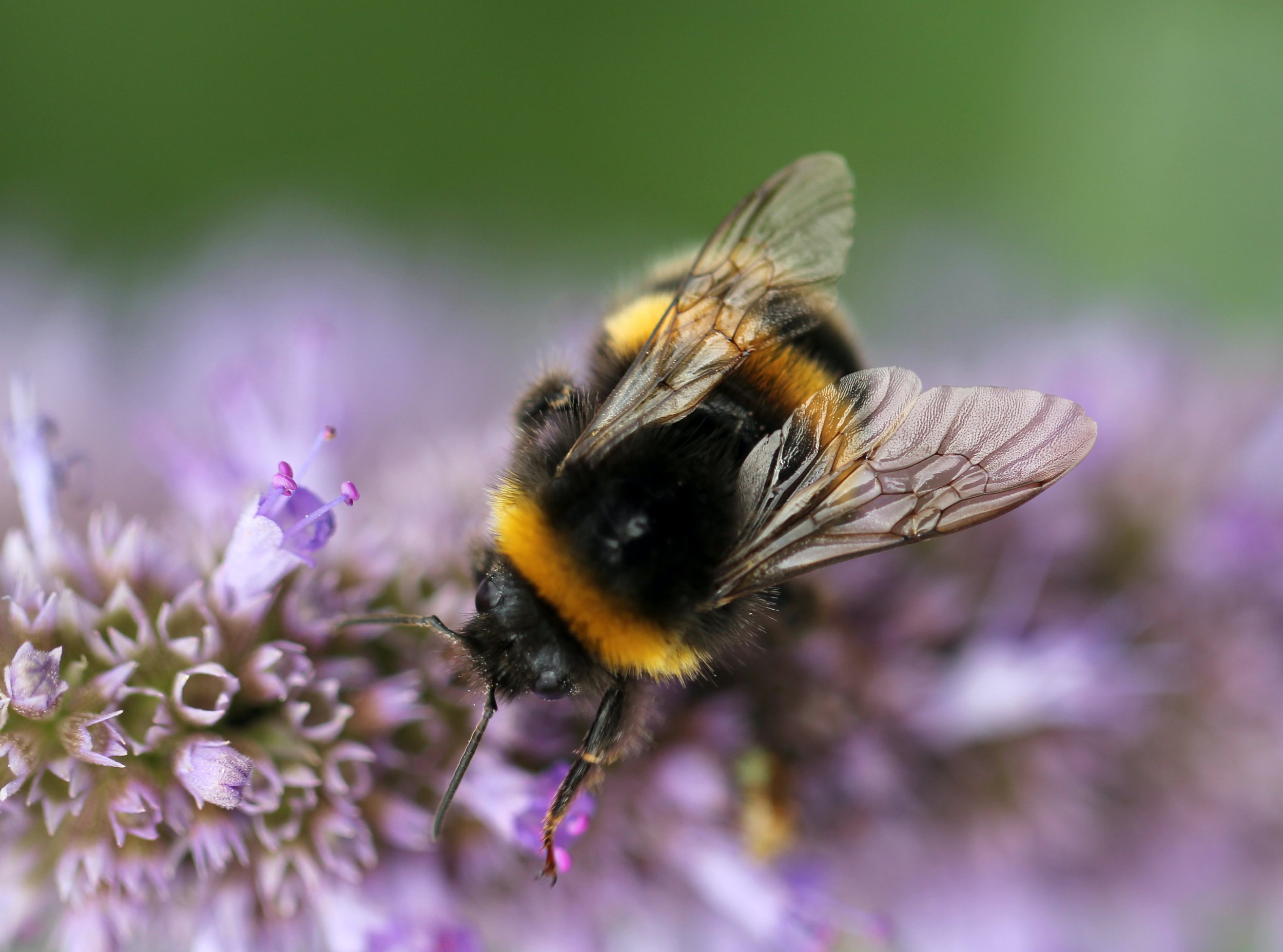Bee Stings
15th July 2022 | Written by the team at Coquet Vets
Image by Sandy Millar via Unsplash
There are approximately 20,000 species of bee. Many bees live alone, but over 500 species are social and live in colonies. Bees are small in size, ranging from 2-4cm in length.
A honeybee will sting when it perceives a threat to its hive, but when it's away from the hive foraging, it will rarely sting unless stepped on or handled roughly. When it does sting, it dies.
Bee stings can produce different reactions in pets, ranging from temporary pain and discomfort to a severe allergic reaction. In summertime one of the common triggers of anaphylaxis is insect stings and bites.
Symptoms of Anaphylaxis
Symptoms you may notice include the following:
Facial swelling
Vomiting/Diarrhoea
Wheezing or breathing difficulties
Excessive salivation
Rapid heart rate
Pale/Blue gums
Cold limbs
In extreme cases, and if untreated, anaphylaxis can progress into seizures, coma and ultimately death.
Treating Anaphylaxis
In most cases the symptoms are mild, but we would recommend seeing a vet as soon as possible. It depends on the severity of the clinical signs in your pet as to what treatment is required, but ultimately, time is of the essence. Anaphylaxis is a medical emergency.
Call your vets and let them know you are on your way. Giving your vet the heads up will mean they can be setting up all the relevant equipment that may be needed, such as oxygen, medication and having staff ready on standby.
Your pet will be assessed by the vet and receive the necessary treatment. Every case is different from minor to extreme.
If this article has raised any questions, then please ring us on 01665 252250 or email us at info@coquetvets.co.uk


